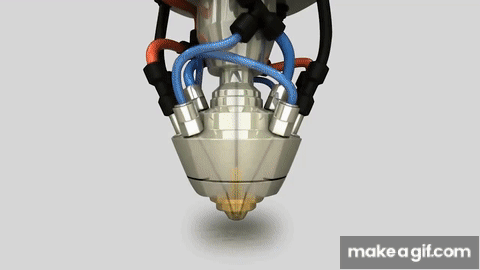Unit 1:
Introduction to Additive Manufacturing (AM)
Historical developments, Fundamentals of RP/AM Systems and their Classification, Rapid prototyping process chains, 3D modelling and mesh generation, Data conversion and transmission
Unit 2: Additive manufacturing Data base
Rapid prototyping data formats, STL format, STL file problems, STL file repair, Network based operations, Digital inspection, Data warehousing and learning from process data; Types of curves and its application in AM.
Unit 3:
Materials science for AM
Discussion on different materials used Use of multiple materials, multifunctional and graded materials in AM Role of solidification rate, Evolution of non-equilibrium structure, Structure property relationship, Grain structure and microstructure.
Unit 4 :
Different AM Processes –
Powder-based AM processes involving sintering and melting (selective laser sintering, shaping, electron beam melting. involvement). Printing processes (droplet based 3D Solid-based AM processes - extrusion based fused deposition modeling object Stereolithography Micro- and nano-additive.
Monitoring and control of defects. Introduction to reverse engineering Traditional manufacturing via AM, Direct processes – Rapid Prototyping, Rapid Tooling.
Unit 5:
Process Selection, planning and Control of AM technologies
Selection of AM technologies using decision methods, Additive manufacturing process plan: control for AM strategies and post processing.
Unit 6:
Introduction of Mathematical Models for AM
Transport phenomena models: temperature, fluid flow and composition, buoyancy driven tension driven free surface flow pool), Case Studies.

- Teacher: Dr. Dipesh kumar Mishra